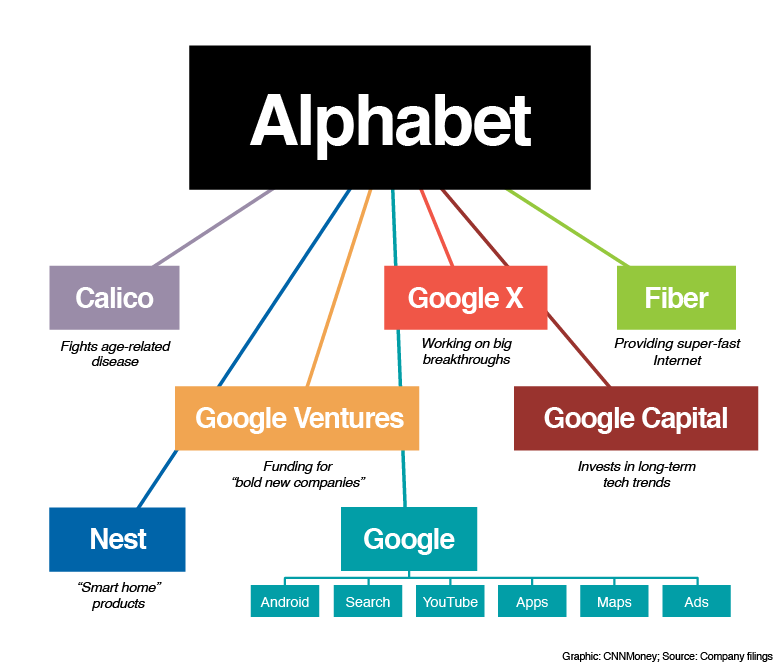The potential for conflicts of interest has always been there
The potential for government leaders (of any country) holding conflicts of interest has always been there. In fact, while mainly a secret that few will admit, this is a big reason why many people pursue public office. Unfortunately the allure of greed leads many to leverage newly-granted powers for personal gain. It is a nice thought to imagine that there are those that get into politics to “serve the people”. It must be true that this occasionally happens. However, it appears that the recent presidential election left the American people for all practical purposes to choose between two people, both of whom appear to be people so consumed by and addicted to power, and what that power brings, that they will say just about anything to win office. The 2016 presidential election is like a case study to determine the most narcissistic, most untruthful candidate (this comment does not include any third party candidate). The same can be said about the elections of the two party candidates which led up to the presidential election.
This brings us to conflicts of interest. One reason Clinton lost the election was due to perceived impropriety concerning the Clinton’s use of their Foundation. That is, conflicts of interest. Certainly Trump has noticed over the years how his friends the Clintons (let’s face it, it is hard to doubt that they are friends, in spite of the showmanship leading up to the elections, given that the Clintons attended Trump’s wedding to Melania) benefited from conflicts of interest. Is it not a valid point that during the years of their friendship, Trump became a “student” of the Clintons abuse of power, and wants this for himself (editors note: some good has arisen from the Clinton Foundation)?
Trump has stated that he will set up blind trusts for his businesses, to be run by his children. This will not be adequate to meet the spirit of the laws that control conflict of interest, since Trump says correctly that such conflict of interest laws have not heretofore applied to presidents. Therefore, it is clear that Congress needs to make laws for this purpose, and they need to make these laws BEFORE Trump is sworn in as president.
If new laws are not written, the prospect of having a President Trump for at least 4 years is guaranteed to net many conflict of interest benefits for himself and his family. In either case, we can only hope and pray that some of these benefits (as well as campaign promises) will also trickle down to the people, especially to the people that were led to believe that their lives will be better in 4 years.
Trump himself should want these laws to be written and signed. Otherwise, there will be pressure by those in Congress to not look away while the potentially unprecedented abuses of power occur. At least if the laws are in place, Trump should make attempts (with proper counsel) to control his actions. Imagine the alternative, where Congress determines that large abuses of power have taken place. In this case there will be a mandate to impeach Trump. Something like what happened to (his golfing partner friend) Bill. Surely, Trump would not like to be only the 3rd sitting president to be impeached, would he?






